
As the death toll rises in the war between Israel and Hamas, TIME LightBox profiles two photographers who have spent weeks covering the opposing sides: Andrew Katz interviewed Oliver Weiken of European Pressphoto Agency and Olivier Laurent spoke with Getty Images’ Andrew Burton.
The main border crossing between Israel and Gaza is a long, open-air, fenced corridor that begins in a town called Erez. Since 2007, when the militant group Hamas took control of the coastal enclave half the size of New York City’s five boroughs, Israel has enforced a blockade. Its purpose: to block in Hamas, but it also seals off 1.8 million Palestinians who, in effect, have nowhere to hide when war comes.
For Oliver Weiken, a German photographer based in Tel Aviv, there was “no question” he intended to cover the battle from Gaza. It was just a matter of getting in. He was working the World Cup in Brazil when the fatal abductions of three Israeli teenagers led to an Israeli crackdown on the West Bank and Gaza, followed by an increase in rocket fire from Hamas. The revenge killing of a Palestinian youth exacerbated the situation, with the militant group escalating its attacks and Israel responding with a large-scale military offensive on July 8.
Five days later, Weiken, 30, made the long walk into Gaza, his third visit since the eight-day war in October 2012. “It gives you a bit of time to think about what you want to see, what you don’t want to see and what you probably will see,” he tells TIME. The walk felt familiar, but any similarities to his previous visits soon vanished.
After more than two weeks, Weiken, who stays in the Al Deira Hotel on Gaza’s coastline, has formed a bit of a routine. He doesn’t sleep much — he’s usually out the door by 6 a.m. for first light — and he’s constantly on alert. For the next few hours, he seeks out destruction that might have rained down overnight. After filing his morning batch, he aims for a nap in the afternoon and heads back out when the light is good again. Daytime attacks can end the routine quickly, however, resulting in sudden trips to hospitals, morgues or funerals.
“It’s really hard not to repeat yourself on a daily basis,” he says. That has become increasingly difficult as the security situation has become more precarious, forcing many photographers to travel in small packs. “At this stage of the war, nobody really ventures out alone anymore.”

Access hasn’t been an issue, though, as most civilians recognize why he and the other journalists are there. And since hospitals and morgues are dealing with so many injuries or casualties, they’re too busy to check credentials. That was the case on the morning of July 20 when, at the Shifa Hospital morgue, he walked into a room with four bodies on the table and a doctor at the opposite end, wiping tears from his eyes. They were children, three victims of shrapnel and the fourth without a head — just some of the many bodies he saw on what would become the deadliest day yet, until that point, between Israeli forces and Palestinian militants.
Weiken made a picture but he didn’t linger. He doesn’t want to invade anyone’s privacy but realizes he needs to be there: “I try to be as invisible as possible, yet still be close and actually capture a moment.”
During a more stable cease-fire on July 26, he captured a broader scene in Shejaiya that showed the full wrath of Israeli strikes, then took a step back. “Everybody who photographed this general view was simply astonished, put the camera down and stood there for a minute or two to see this destruction,” he recalls, “because it really looks almost apocalyptic.”
He relies on photographers and writers on the ground for information, but also on the radio and social media like Twitter. The latter is not always reliable, he realizes, but it gives him a sense of what’s happening at that moment.
Many times that has meant witnessing horrific scenes. He avoids overly graphic pictures, reasoning there are more efficient ways of illustrating tragedy than by showing gruesome injuries, bloody gurneys or gory streets. “I think people can better relate and better understand by seeing, for instance, the emotions of relatives reacting to a tragedy,” he says. “Every once in a while, you have pictures of dead people, dead children, but I think you also have to do this in a delicate way,” he adds. “I don’t think a picture of a child with their head blown off will change anything, because people will look away.”
In the end, Weiken considers himself a documentarian. He goes out, photographs what he sees, then shows everyone else. “It is still, in many places in this world, about living or dying, and you need people who are there who can document that.” For his part, he’s not sure what will happen, or when. “I hope that this ends soon. But it’s already dragged out longer than I would have guessed.”
For Andrew Burton, a Getty Images staff photojournalist who just returned to the U.S. after covering the conflict from Israel for two weeks, the hope is that if he and his colleagues “cover this story long enough, eventually, there will be a solution.”
An American based in New York, Burton, 27, frequently shoots domestic assignments but has also covered the revolution in Egypt, the war in Afghanistan and he’s spent time in South Sudan. “[When the conflict started] I mentioned to my editor that I’d be interested in going,” he tells TIME. “I like to cover stories where there’s a narrative arc; where there’s the possibility of an ending. The Israeli-Palestinian conflict has been going on for many decades, and I felt this was an important chapter in their story — hopefully one that would move them closer to peace.”
Two days later, his assignment was approved and he was on his way to Ashkelon, an Israeli town south of Tel Aviv and just 10 miles from Gaza. “The Israel Defense Forces doesn’t have an official embed program for journalists like the U.S. military does, so we spent a lot of time driving side roads alongside the border trying to find Israeli troops, to find images that told the story of what is going on.”
The work can be frustrating. “In a lot of cases,” he says, “we’d find a platoon of soldiers and they’d tell us not to take photos, so we’d have to leave.” But, in some cases, especially when Burton met with Israeli reservists, he was allowed to stay for as much as an hour. “From what I could tell, the reservists didn’t mind [being photographed as much as the standing Israeli military].”

“I was trying to find the photos that told the story,” he says. “The first week I was there, when the ground invasion had not yet happened, I’d shoot a lot of photos of tanks firing shells or of piles of shells [that had been used]. Once the ground invasion started, it was even tougher because the military locks down large areas of land, deeming them ‘closed military zones’, and you can’t physically get close enough to the border to actually show troops working inside Gaza.” There were also side stories to photograph, he explains, such as groups of Israelis who would watch the military operations from nearby hilltops, as well as Israeli soldiers’ funerals. “I tried to vary the coverage as much as possible, but there was an element of repetition.”
When Burton wasn’t shooting, he closely observed how Israelis behaved in war time: he was surprised to find a particular national mood that permeated all aspects of daily life in Israel. “I saw what you can expect to see when one country goes to war, which is a real national spirit,” he notes. “Many Israelis I met were very proud of protecting their homeland. There was a lot of symbolism, with many people flying Israeli flags on their cars, for example. That said, I also photographed multiple peace protests, where Israeli citizens strongly disagreed with their country’s actions and desired peace and reconciliation.”
And, as opposed to the U.S. where only a minority of the population has fought in a war, creating, over the years, what Burton calls “a disconnect between soldiers and civilians, in Israel, since [nearly] everyone has to serve in the military, there’s a much greater understanding of what it’s like to [defend your country]. There’s a better relationship between civilians and the military, and I picked up on that especially when I was working alongside other Israeli photographers.”
Burton is now back in the U.S., where he feels it’s important to reflect on what he saw and recorded. “When I’m on assignment, I try to have a thorough understanding of the implications of events I’m covering, but it’s hard to get a 30,000-feet view of what’s going on when you’re in it,” he says. “Compared to what’s going on in Gaza, it’s far less emotionally or spiritually taxing to cover this war from the Israeli side, but I still try to take time for myself to process everything.”
For Weiken, meanwhile, a time of reflection will come once the fighting has stopped. “The reconciliation with what you see in situations like this actually comes afterward, when the war is over and you have time to think about it.” That personal, internal reconciliation will likely start, Weiken believes, during the long walk back to Israel. “It’s cathartic.”
Oliver Weiken, a German photographer based in Tel Aviv, is represented by European Pressphoto Agency. Follow him on Twitter @OliverWeiken.
Andrew Burton, a Getty Images staff photojournalist, is based in New York. Follow him on Twitter @AndrewBurton.
Olivier Laurent is the editor of TIME LightBox. Follow him on Twitter and Instagram @olivierclaurent.
Andrew Katz is a homepage editor at TIME and reporter covering international affairs. Follow him on Twitter @katz.
Mikko Takkunen, who edited Burton’s and Weiken’s images for this post, is an associate photo editor at TIME.com. Follow him on Twitter @photojournalism.


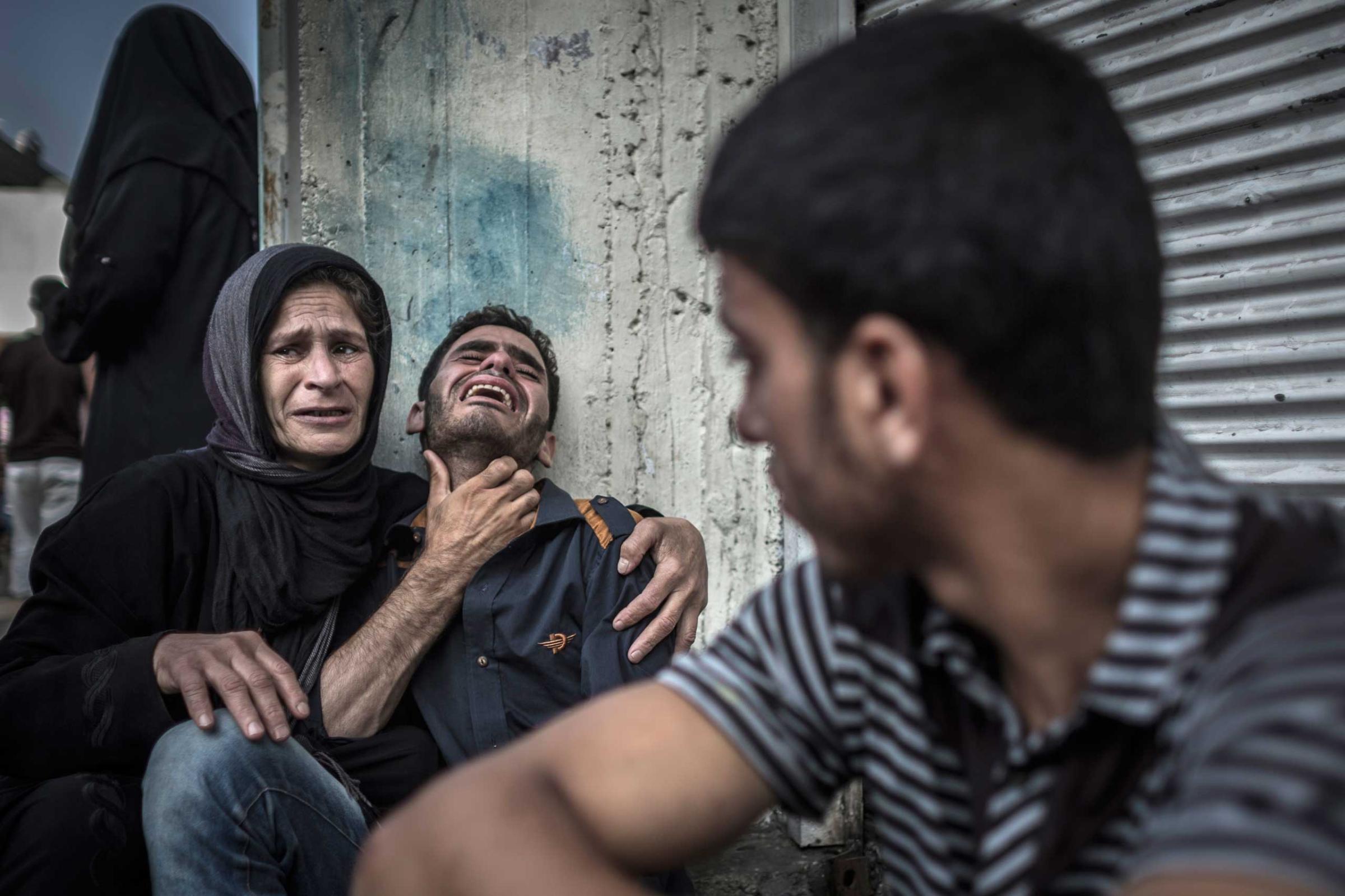


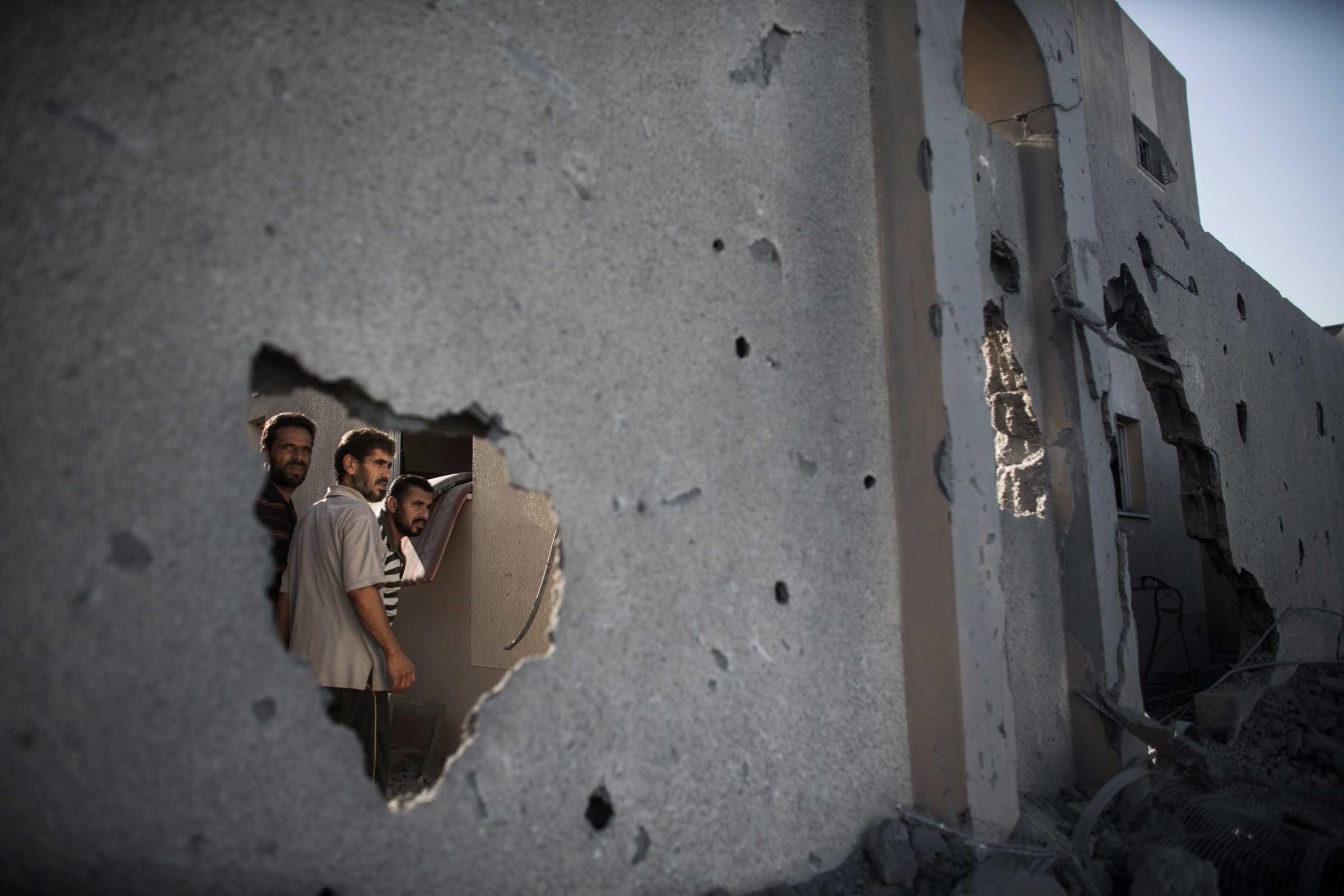
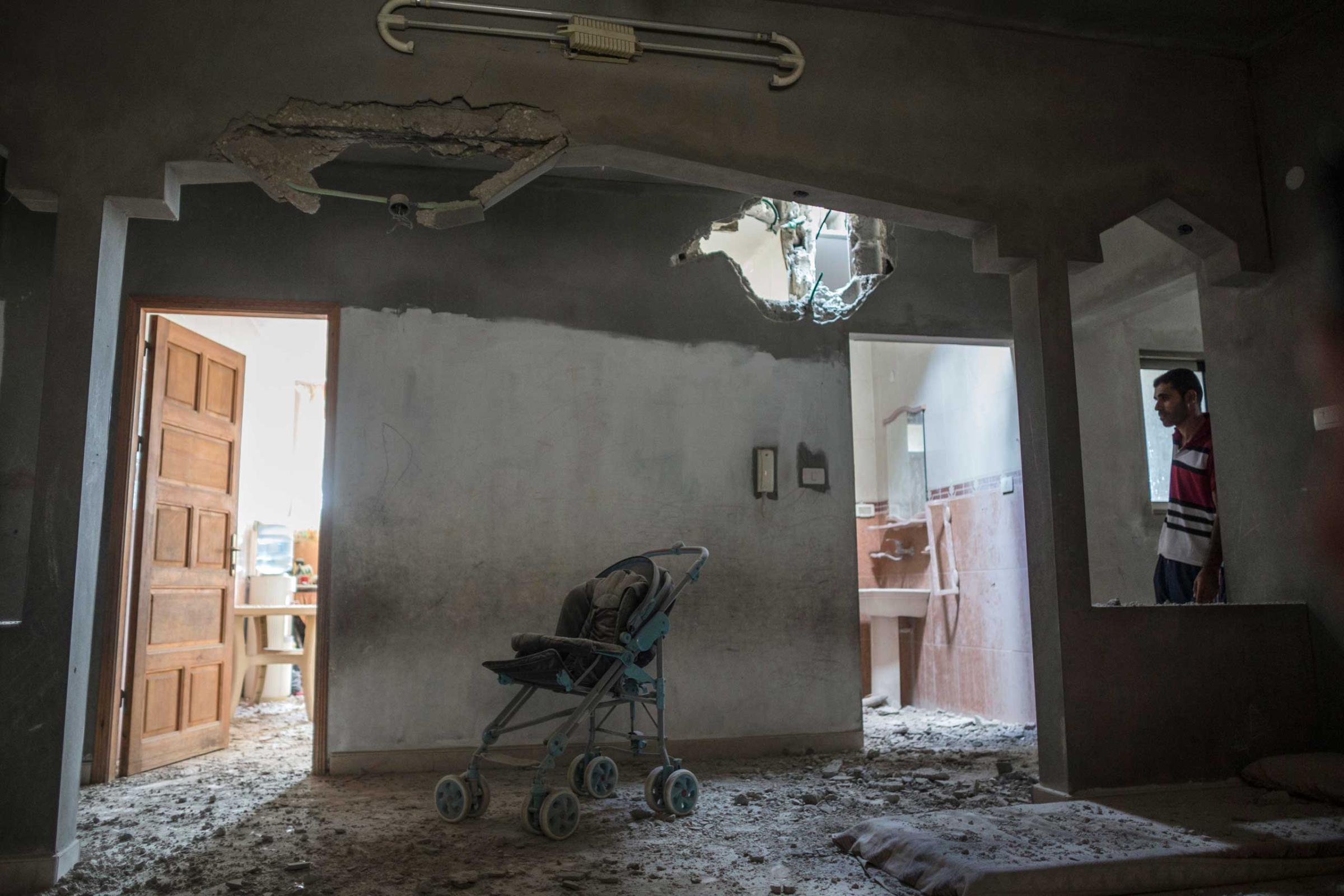



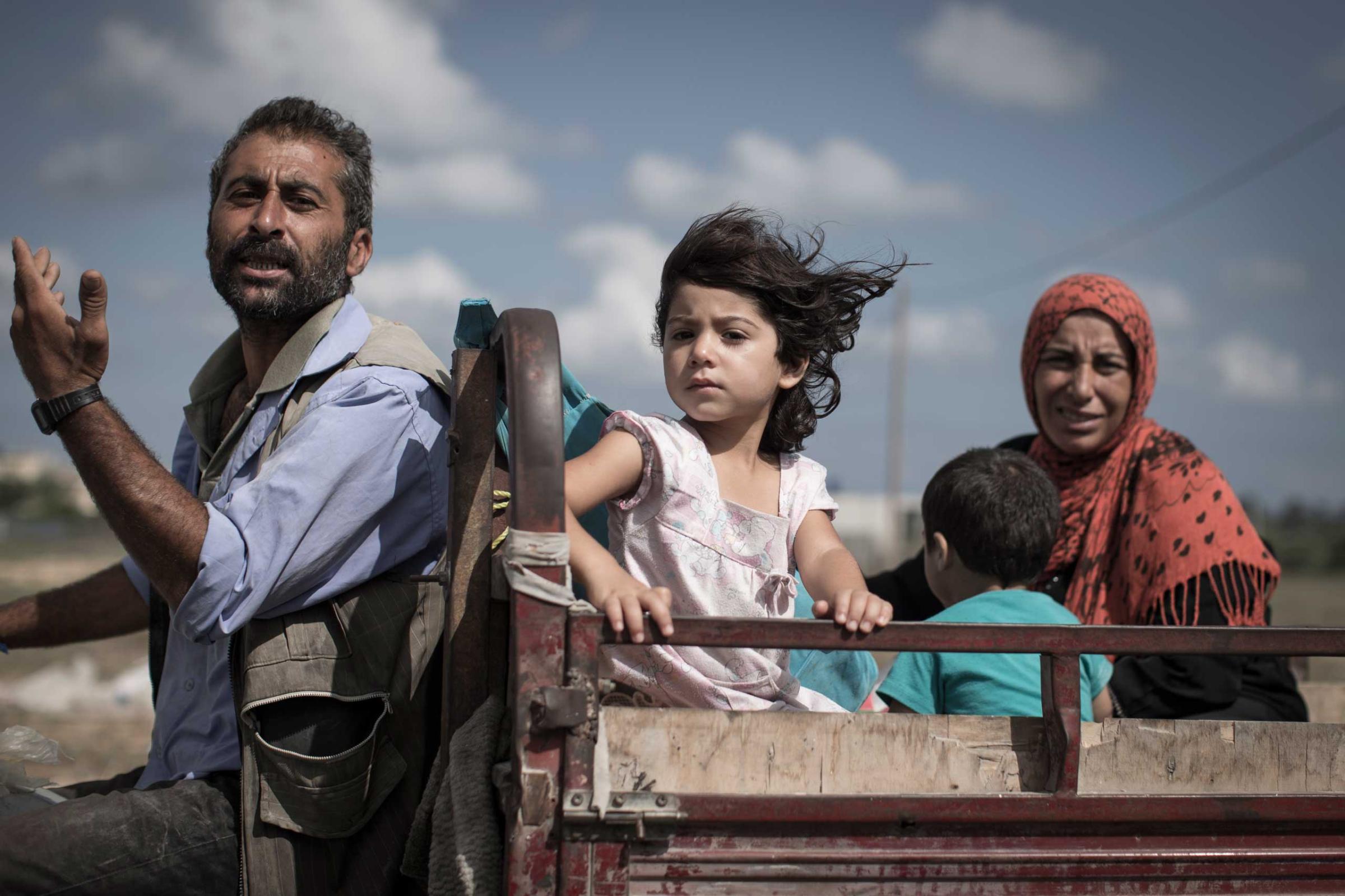
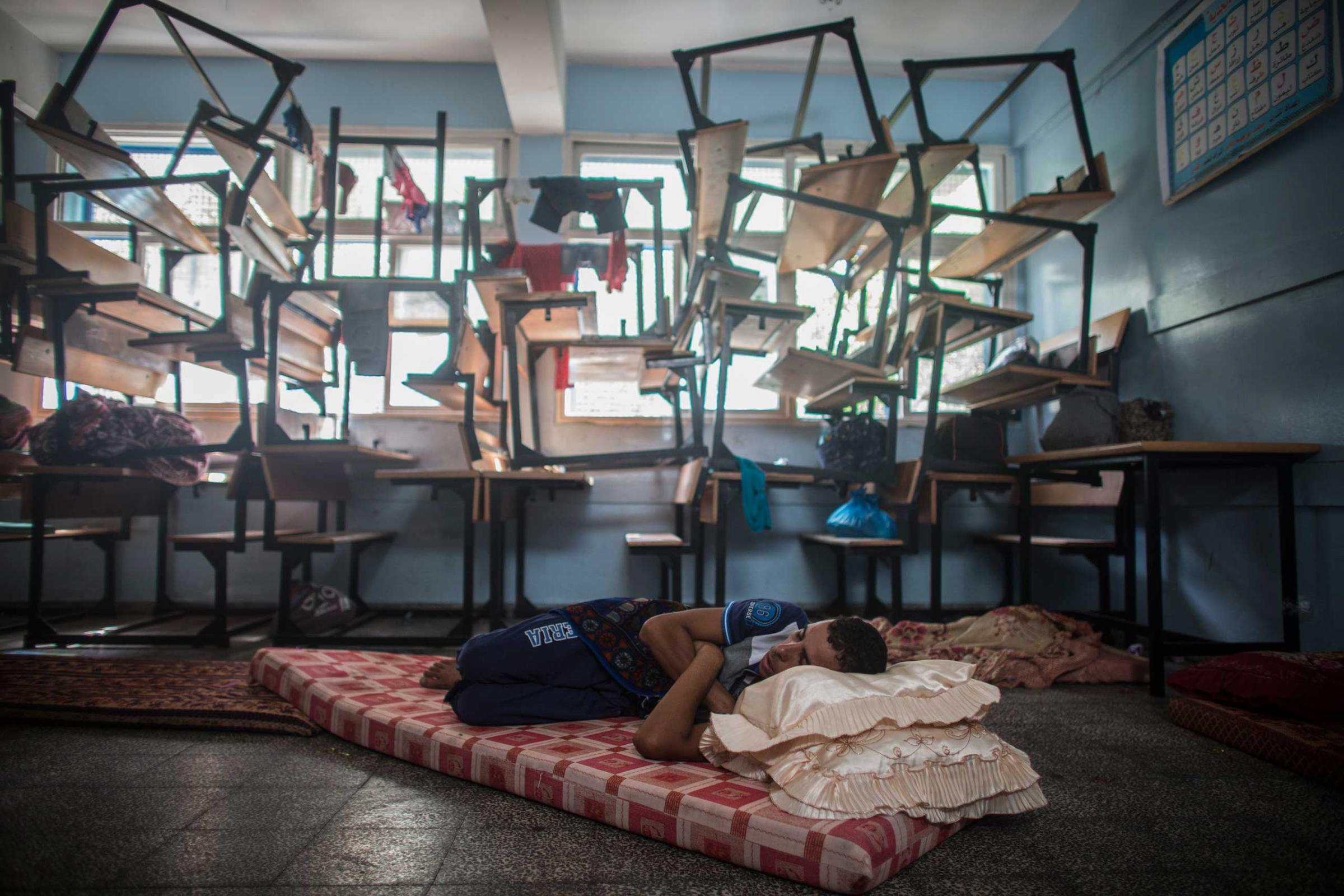

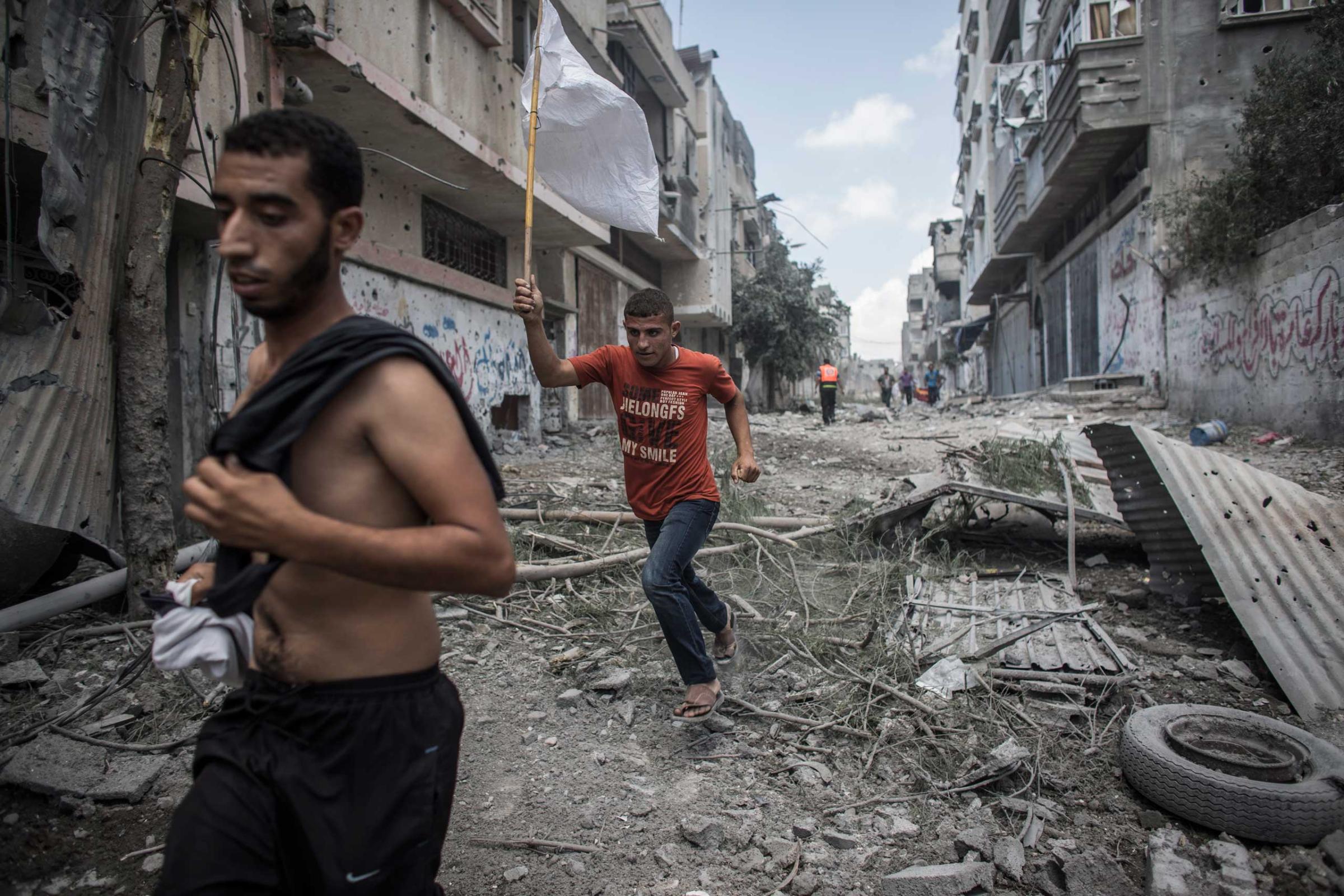



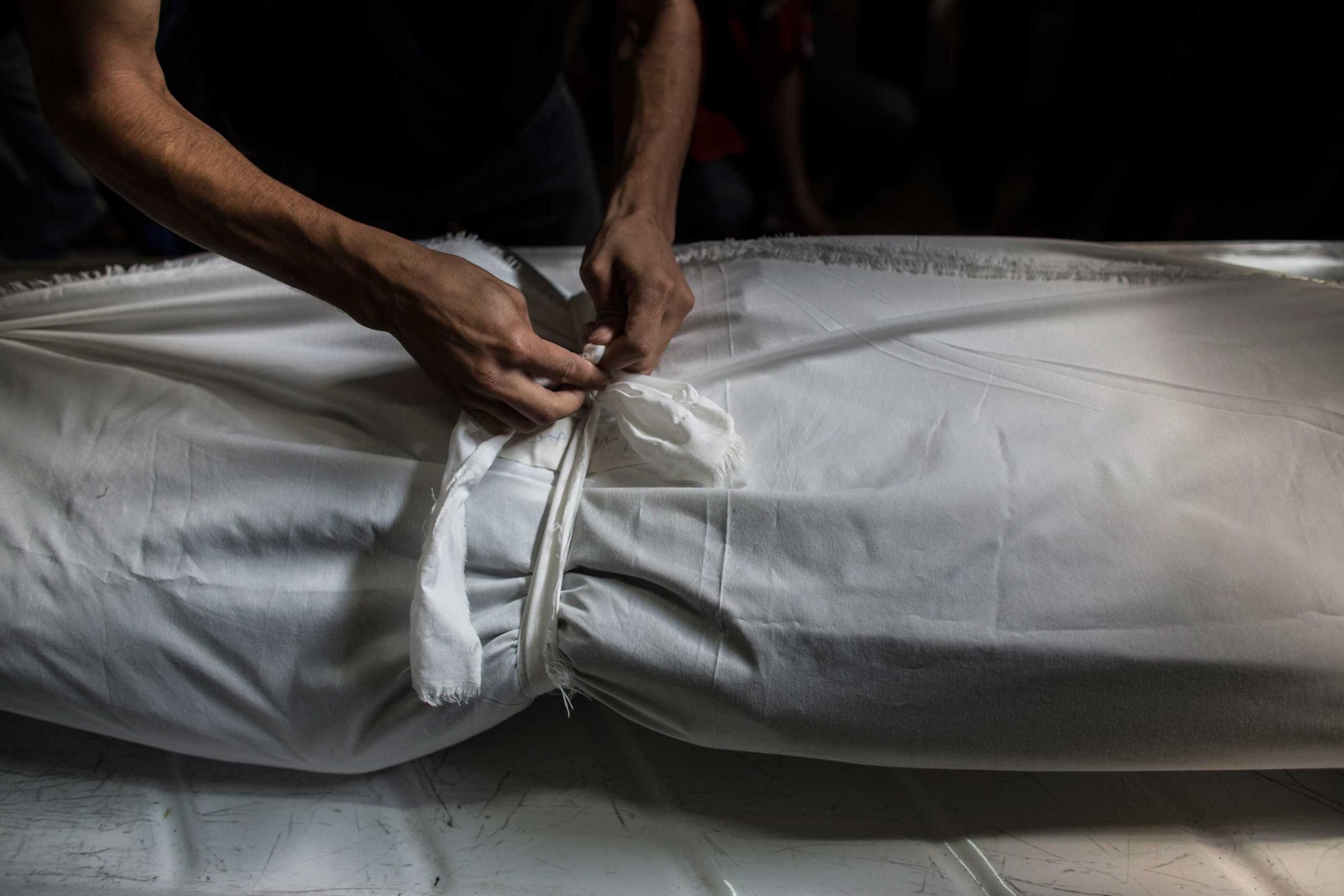
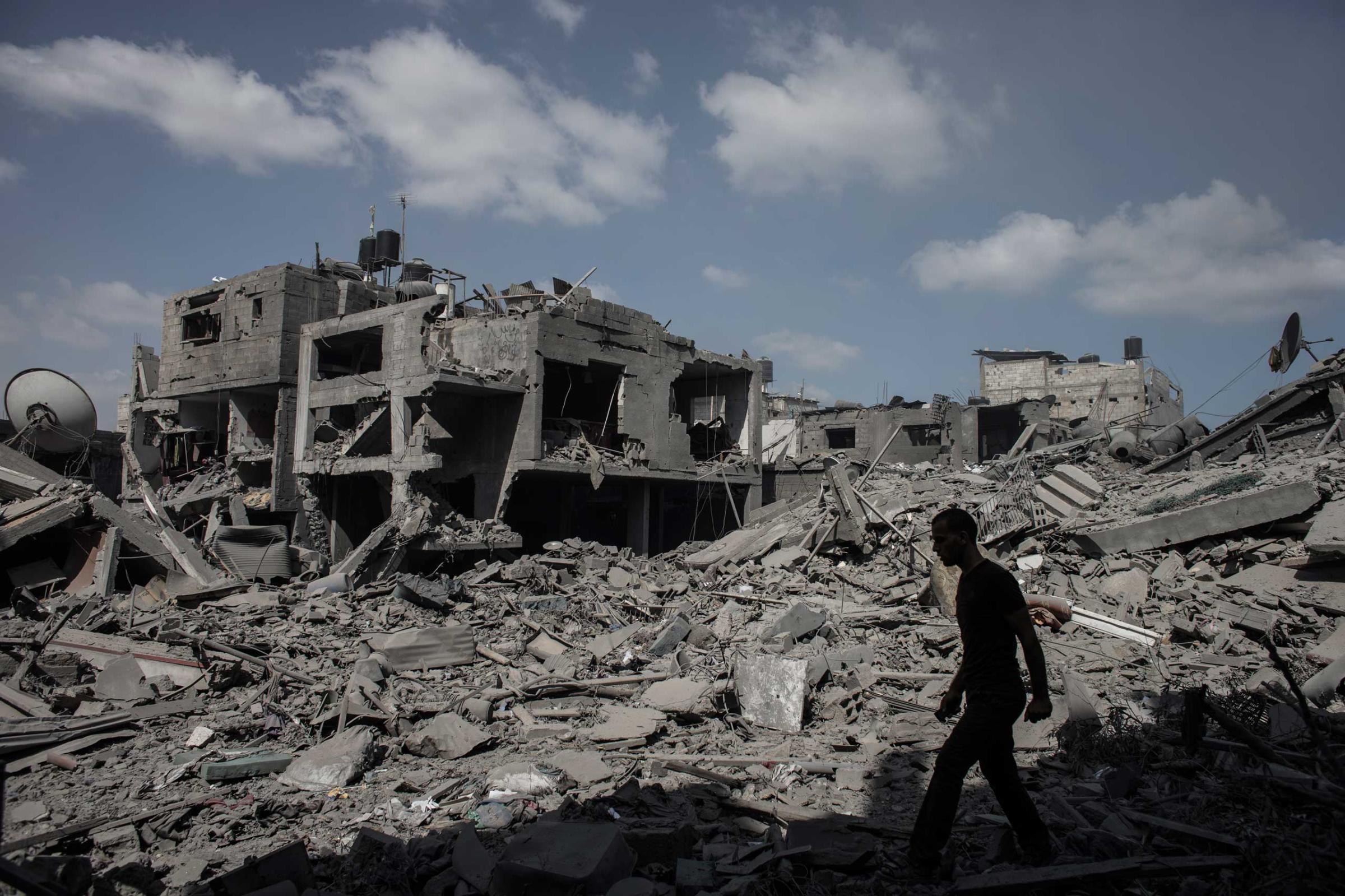
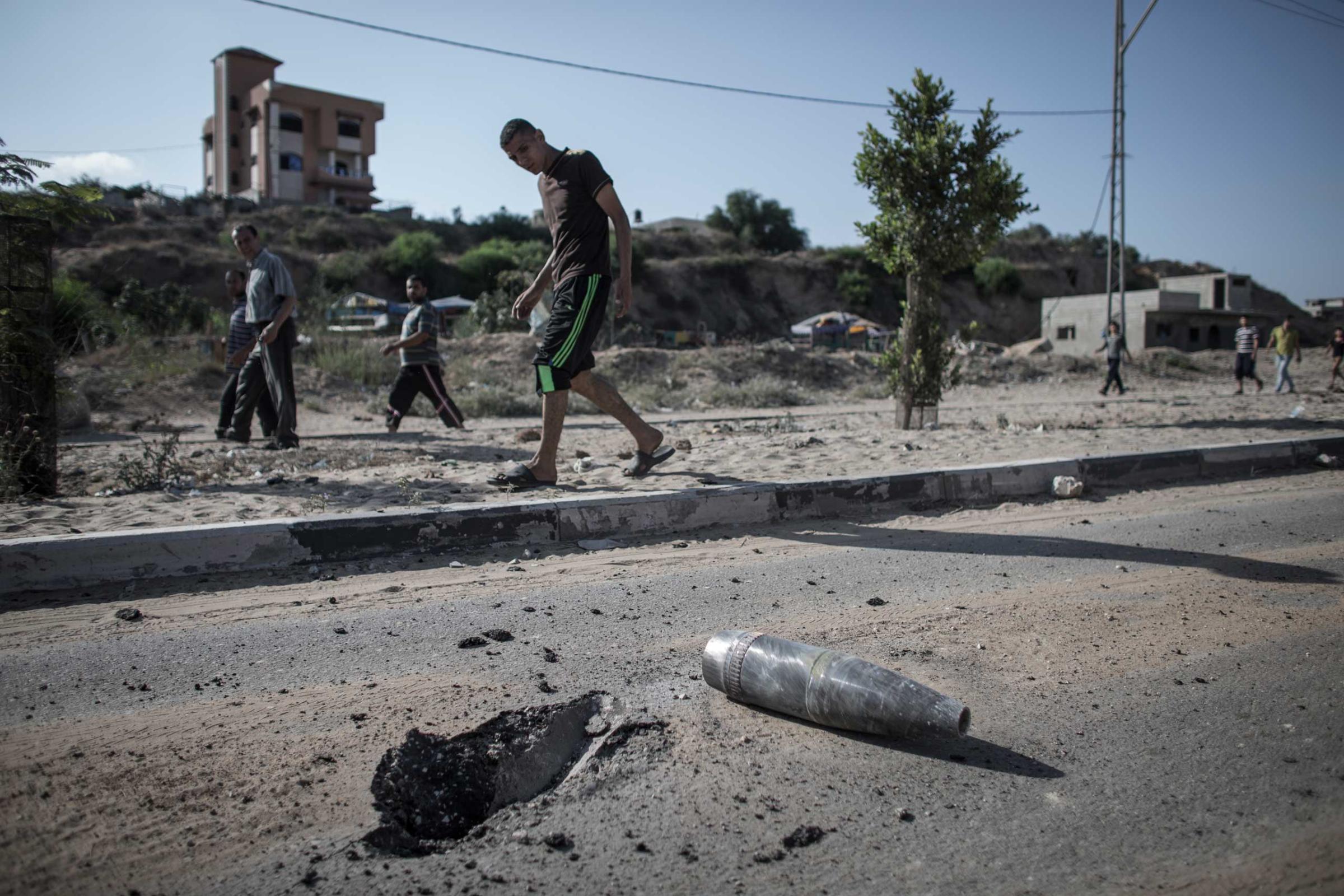
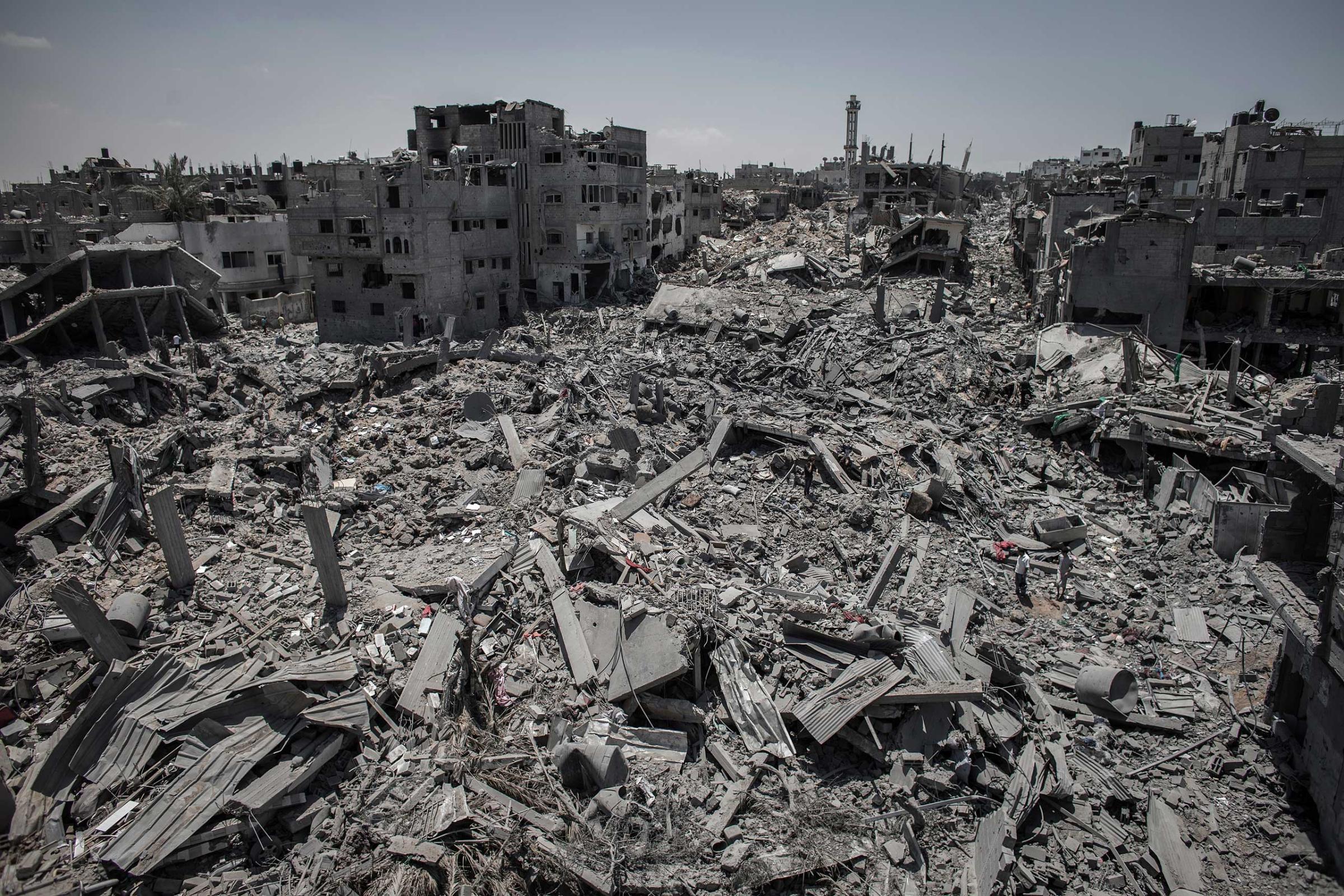



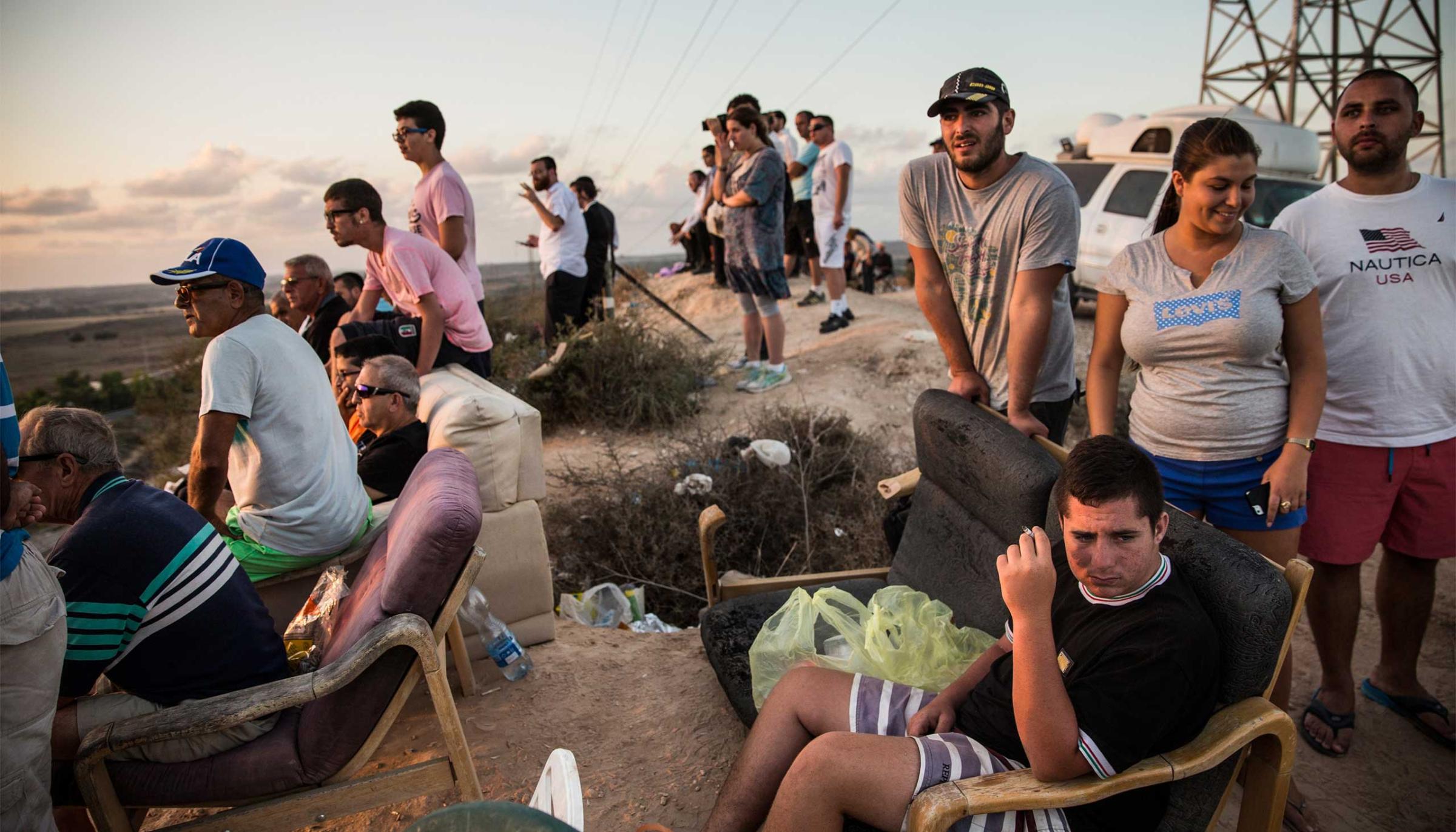






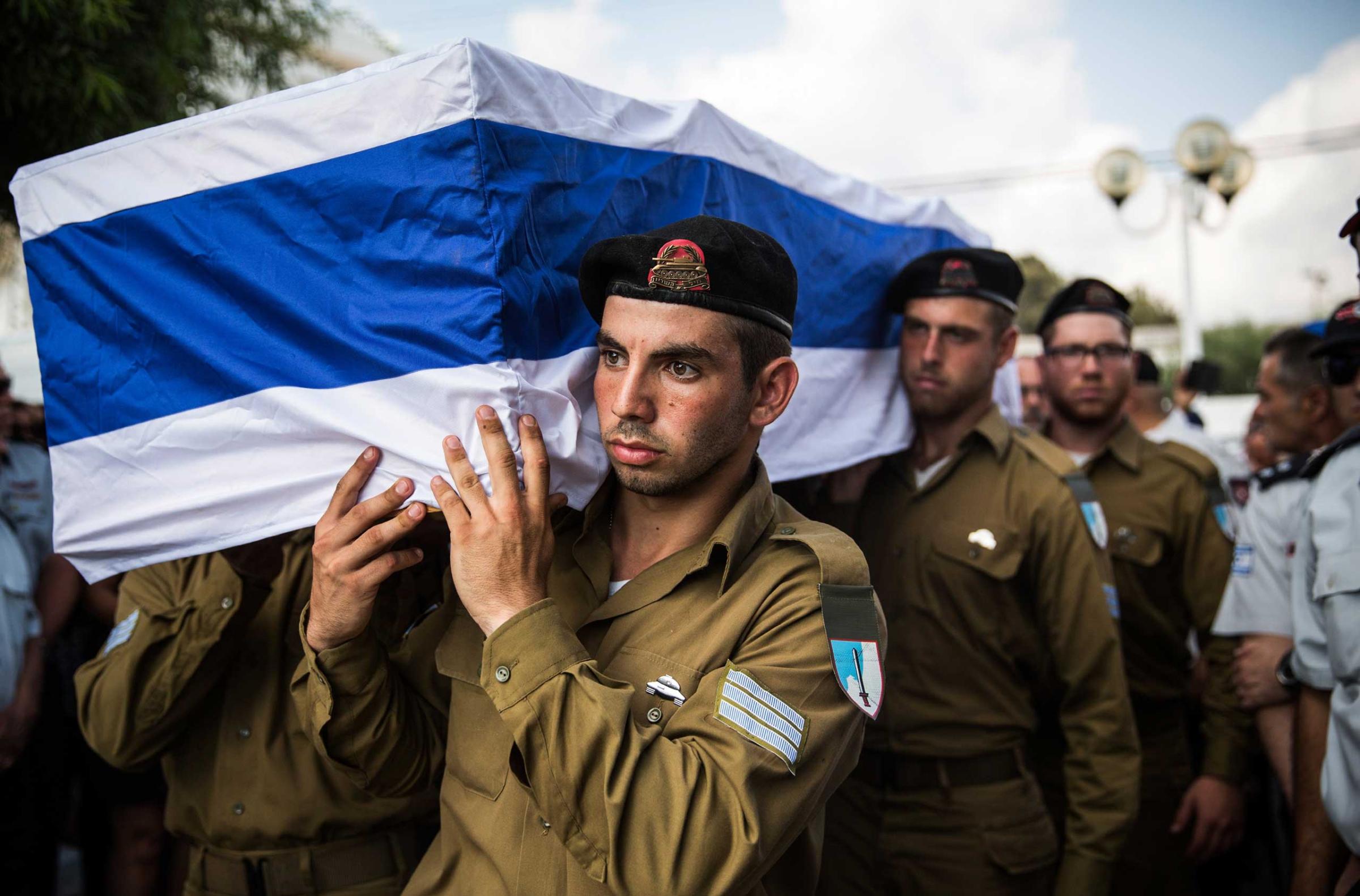

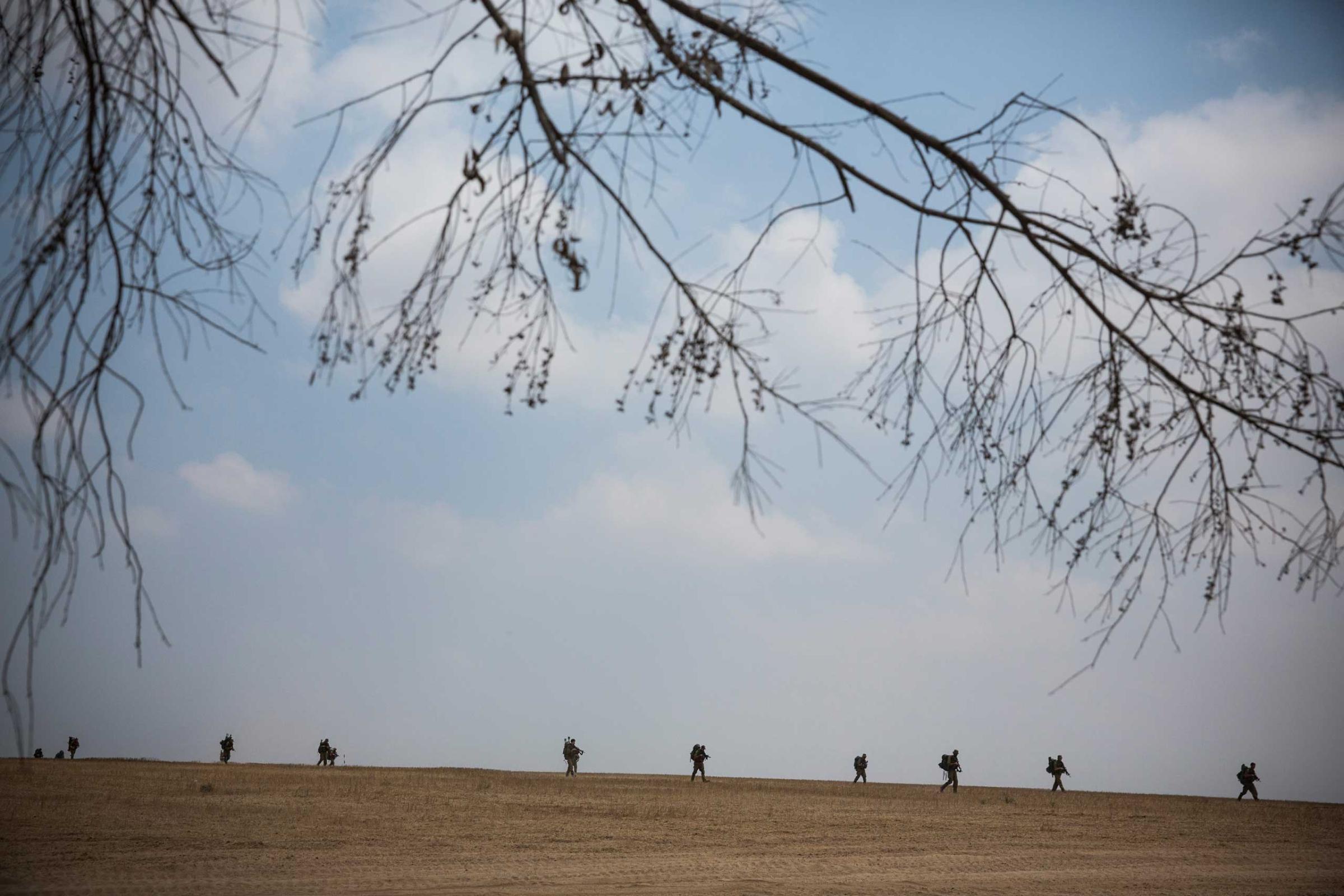

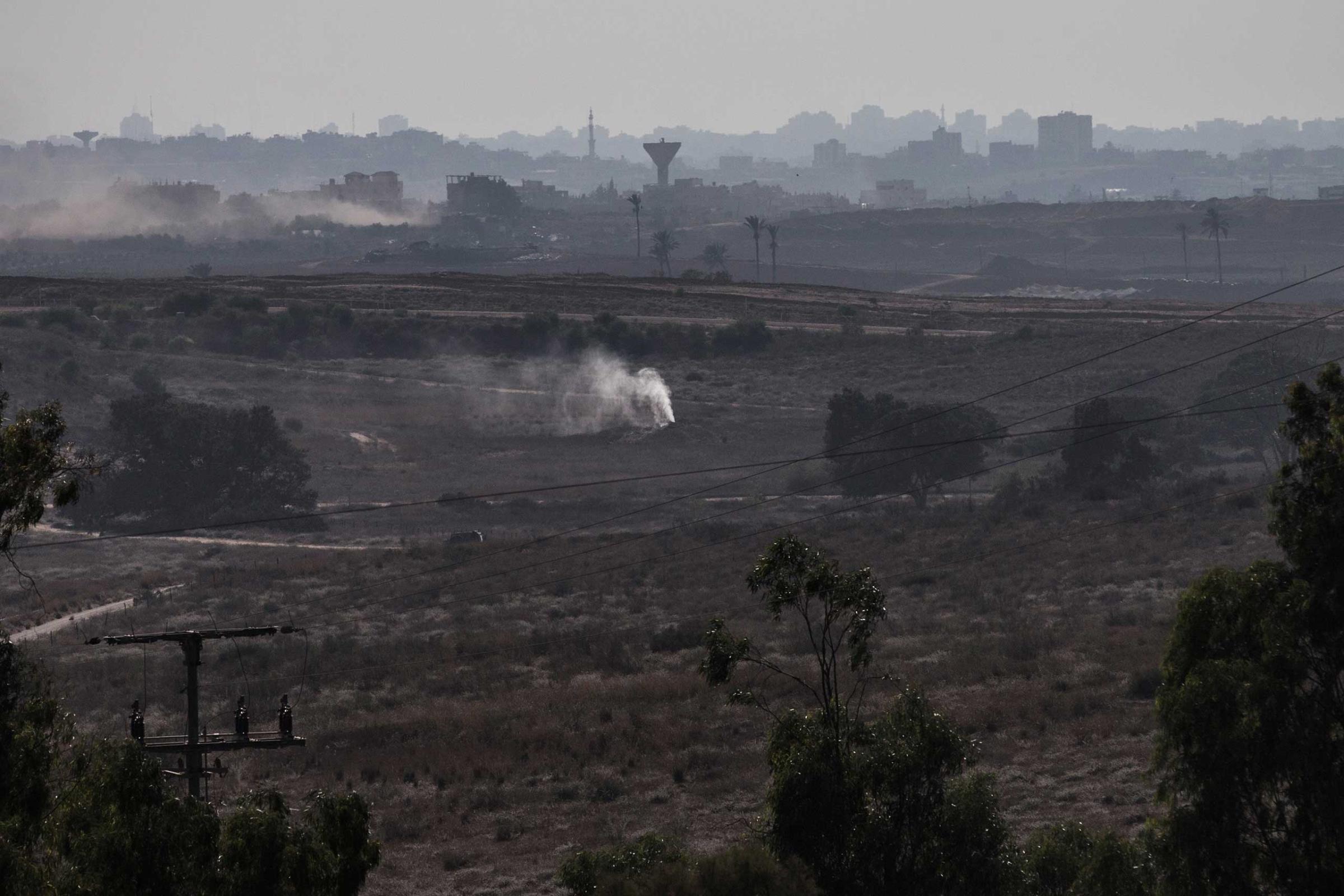

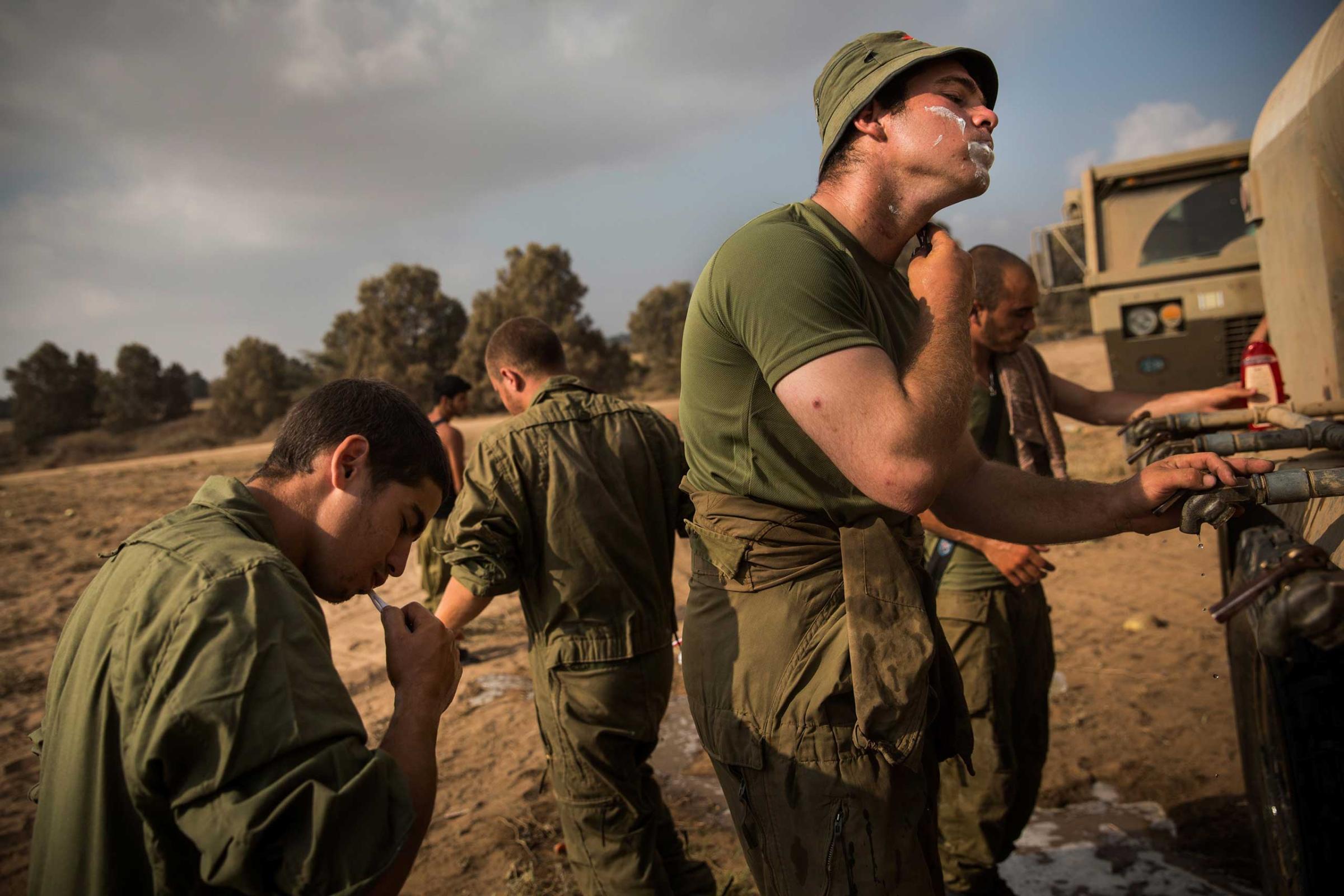

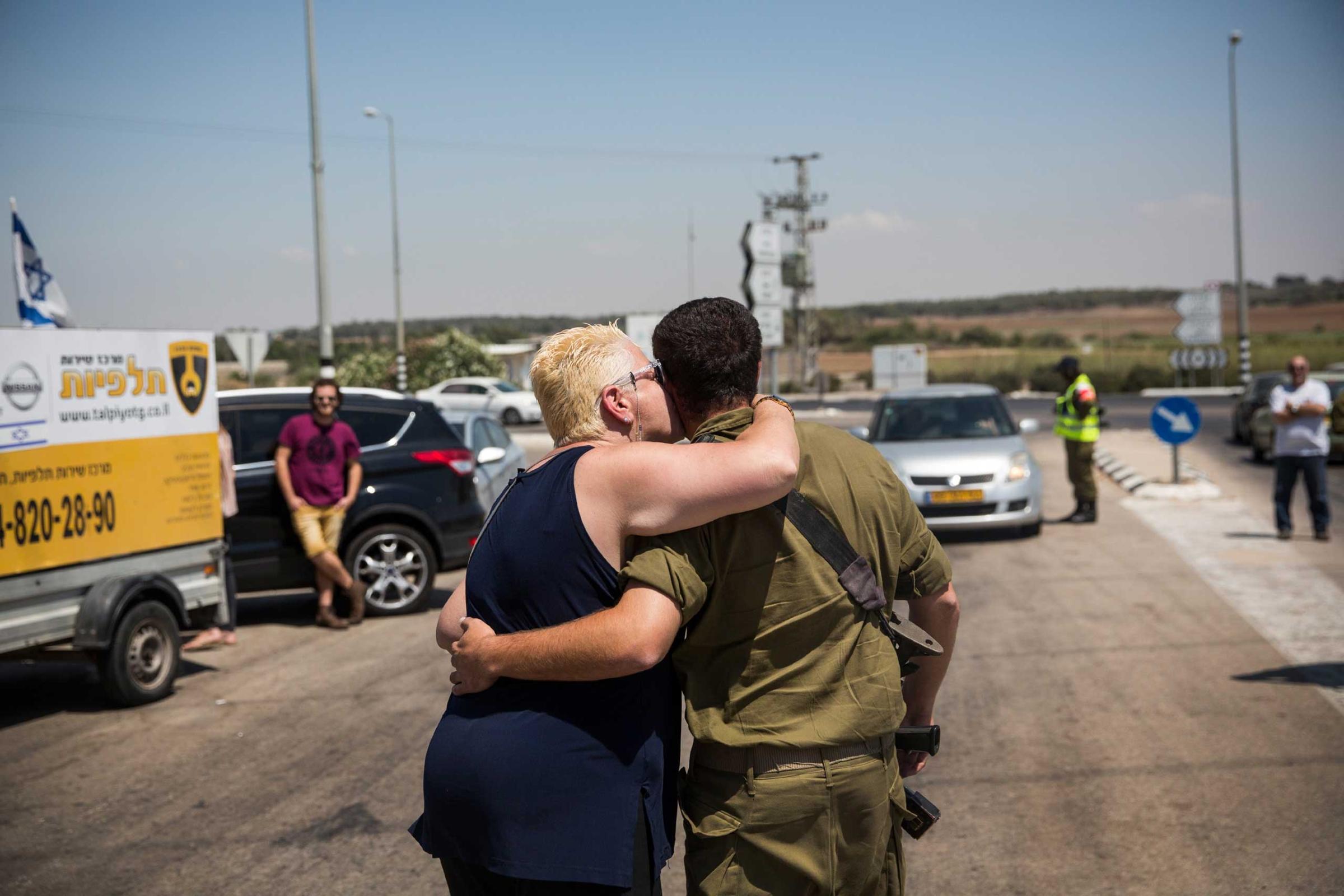

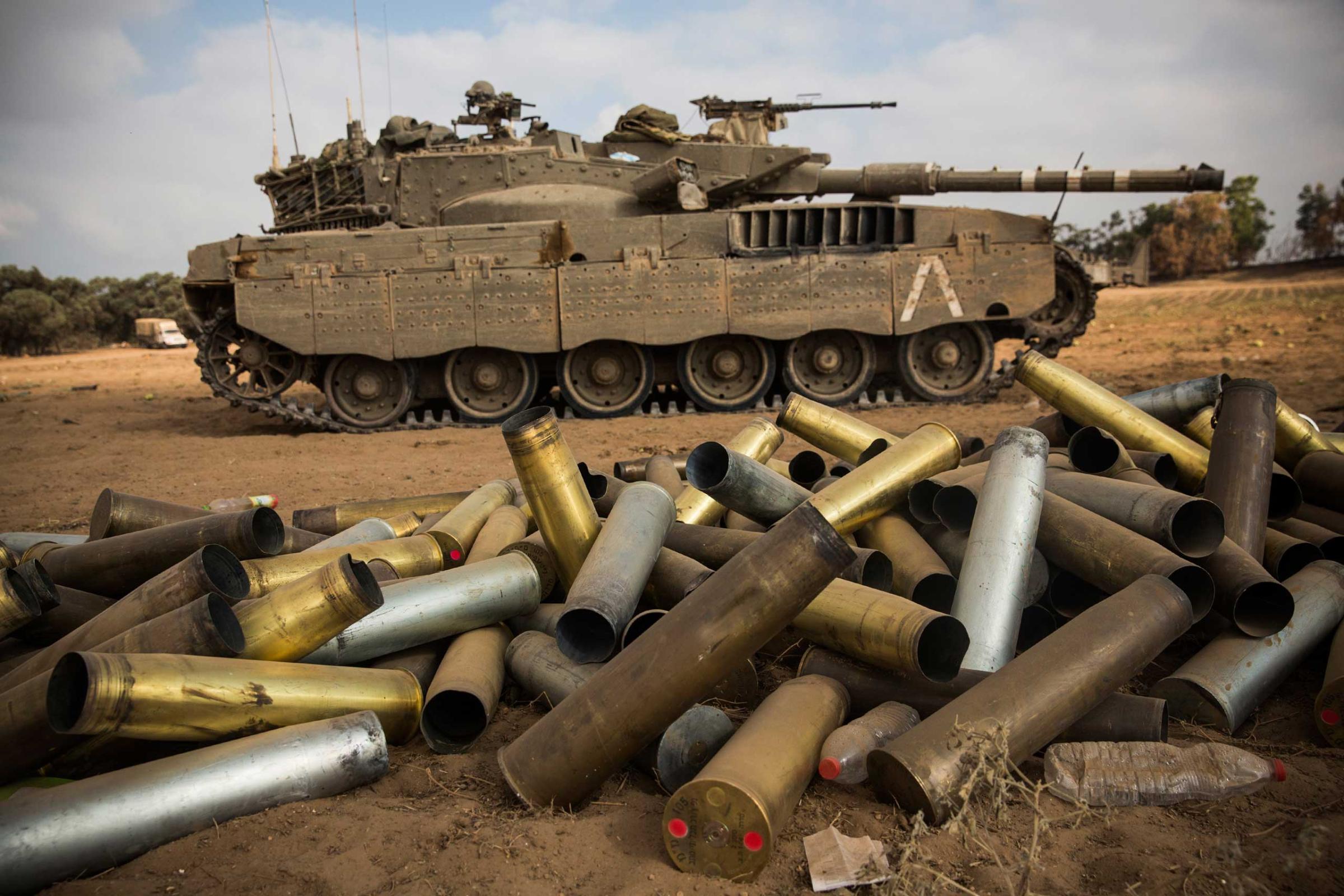
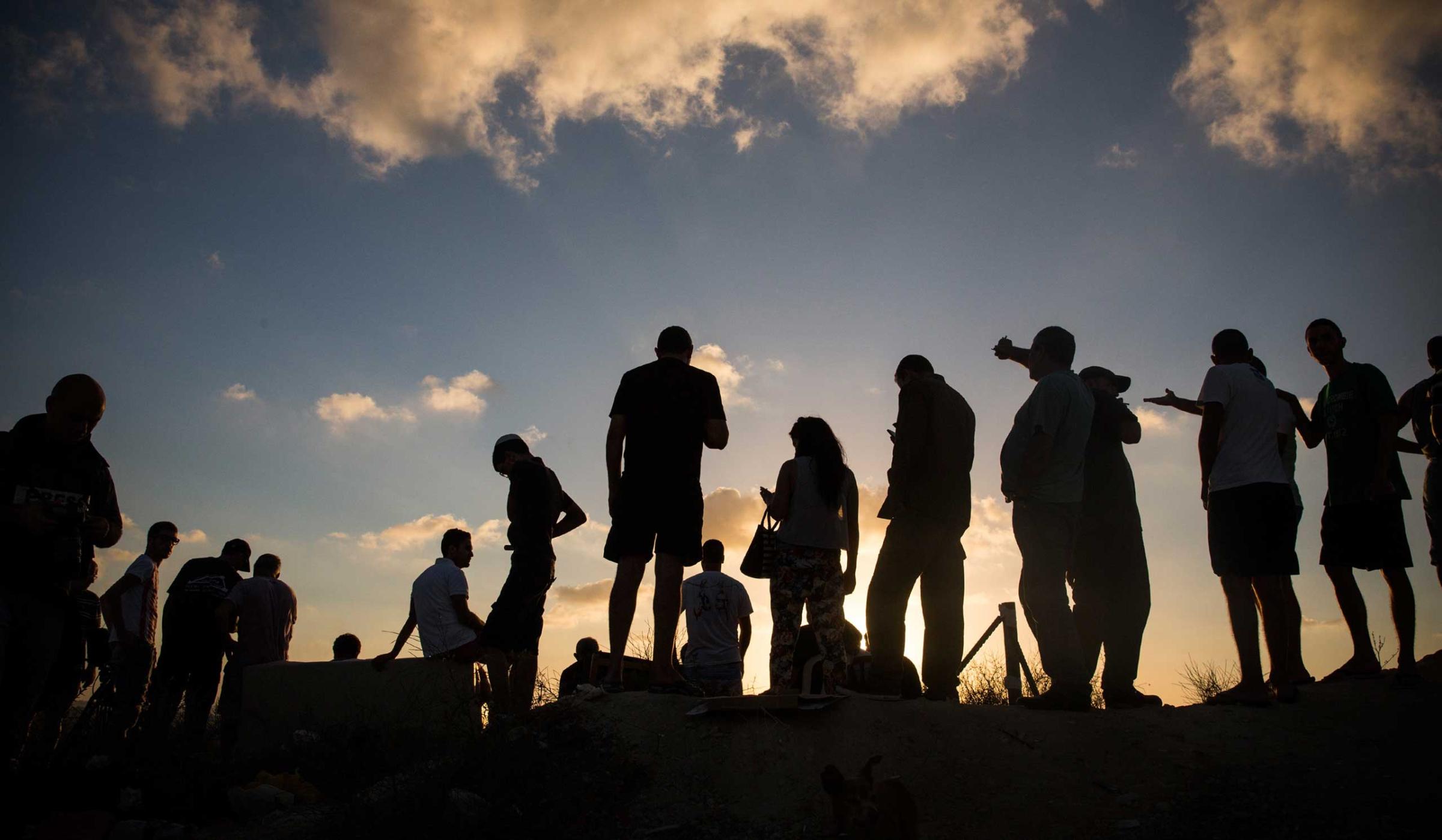
More Must-Reads from TIME
- Donald Trump Is TIME's 2024 Person of the Year
- Why We Chose Trump as Person of the Year
- Is Intermittent Fasting Good or Bad for You?
- The 100 Must-Read Books of 2024
- The 20 Best Christmas TV Episodes
- Column: If Optimism Feels Ridiculous Now, Try Hope
- The Future of Climate Action Is Trade Policy
- Merle Bombardieri Is Helping People Make the Baby Decision
Contact us at letters@time.com